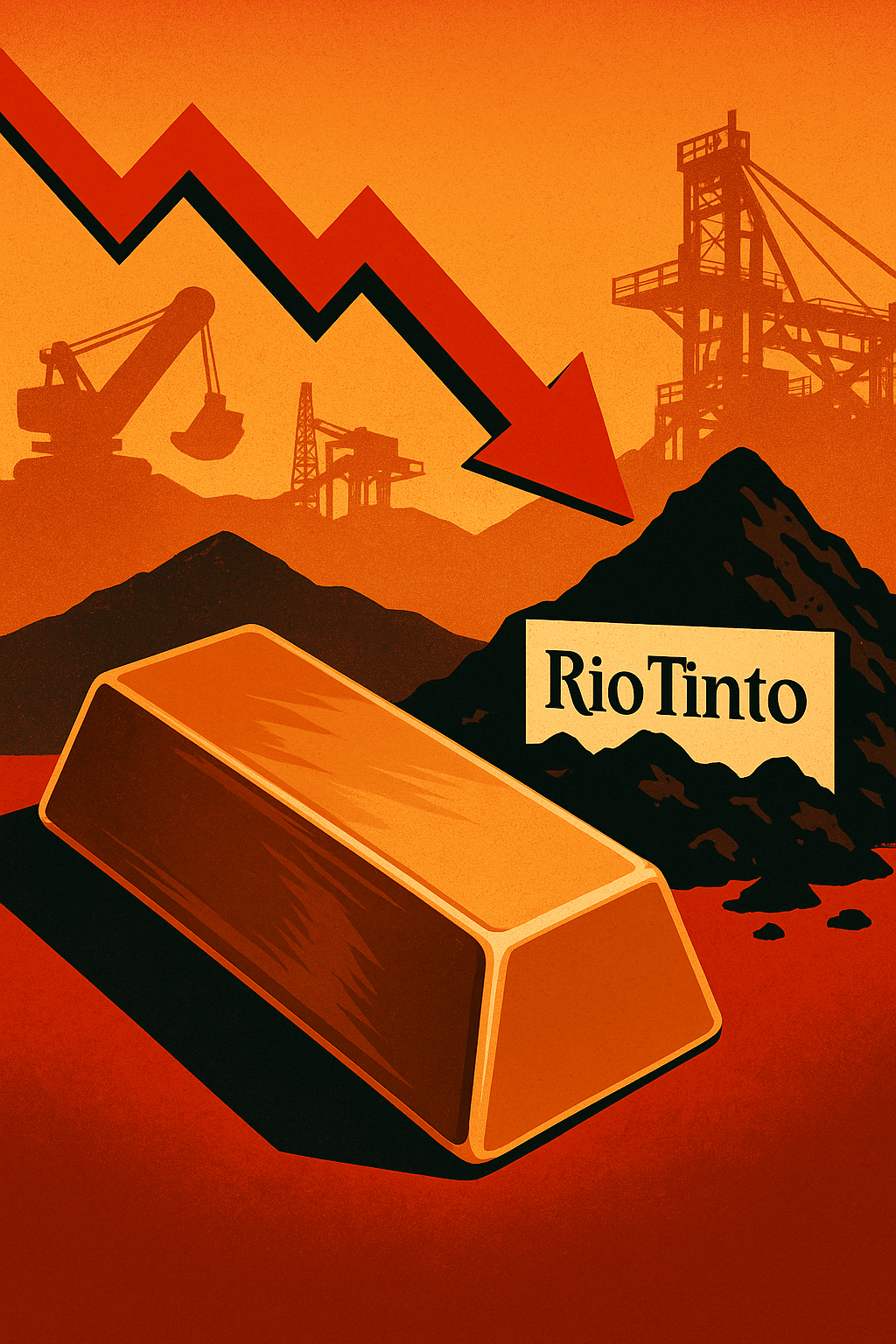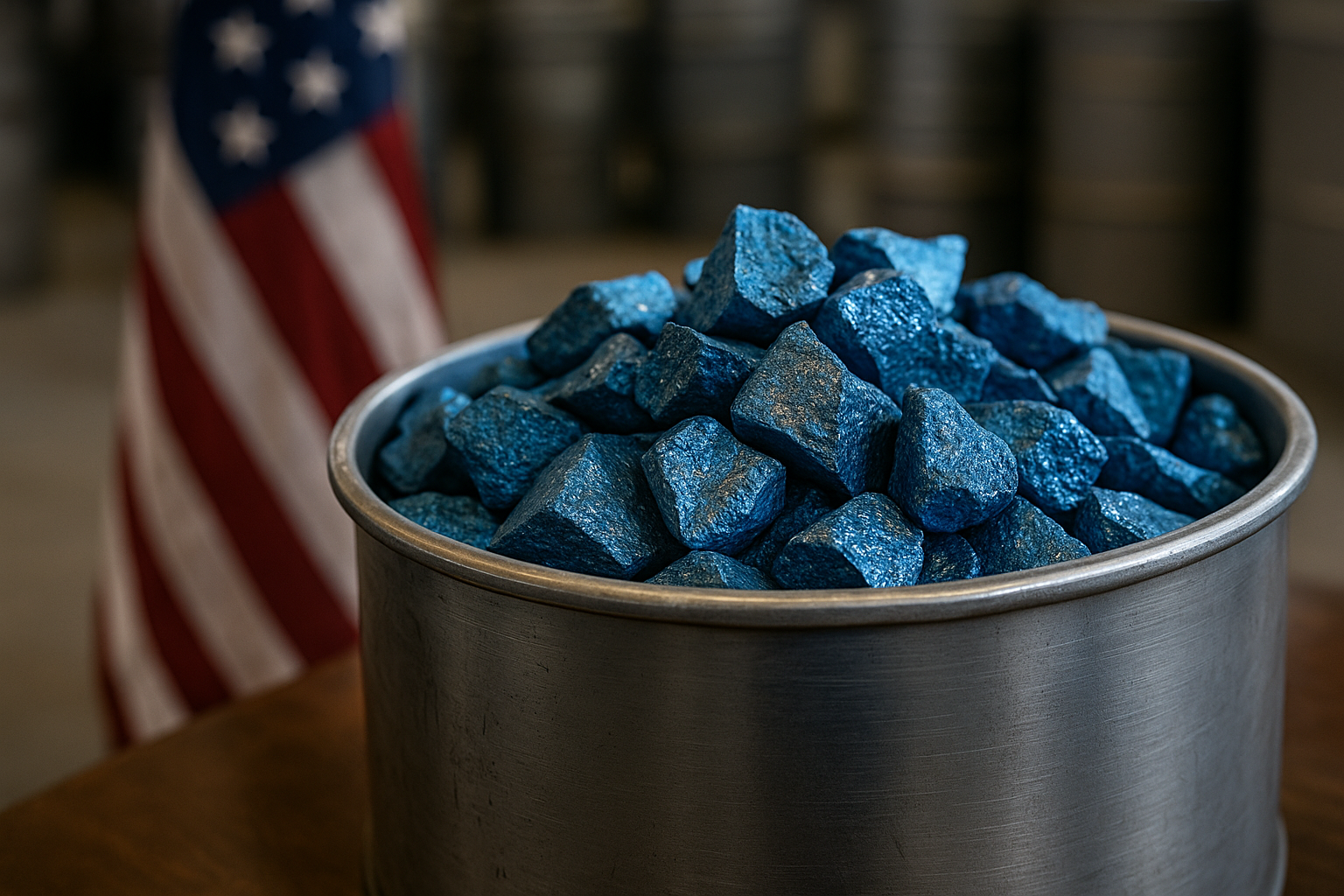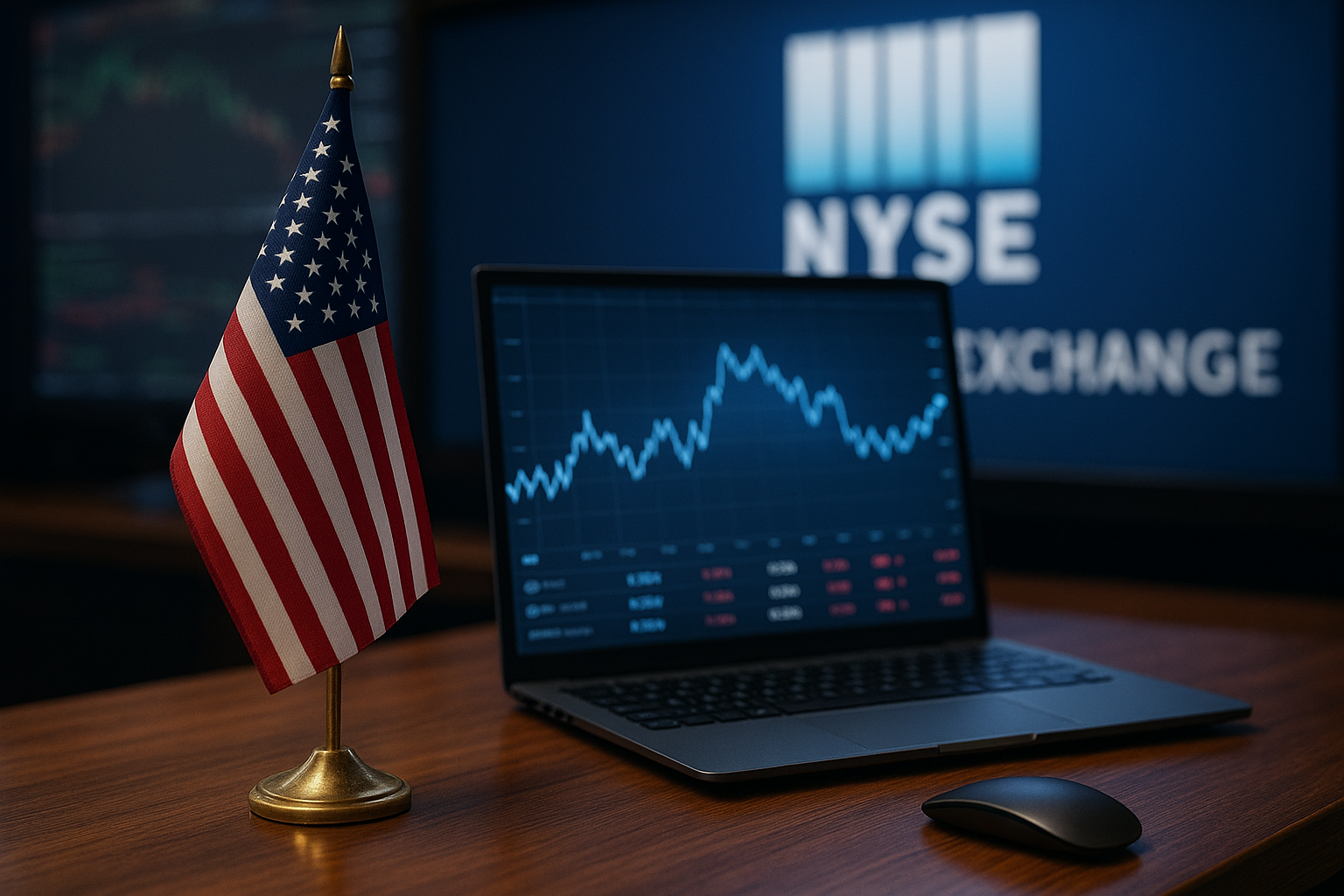After months of commodity price volatility and cautious optimism in the mining sector, Rio Tinto’s latest interim report has dealt a fresh blow to investor confidence. On July 30, 2025, the mining giant announced a 16% decline in first-half earnings compared to the same period in 2024—its weakest six-month performance in five years. Despite copper prices holding firm, the results sent Rio Tinto’s stock down 1.6%, reflecting growing market anxiety over falling iron ore prices and broader softness in industrial commodities.
With markets increasingly sensitive to signals from major commodity producers, Rio’s results underscore the risks in concentration-heavy portfolios and the shifting dynamics within the global metals and mining landscape.
Weak Iron Ore Prices Drag Performance Despite Copper Resilience
While copper remained a relative bright spot, driven by steady demand in electric vehicles and green infrastructure, iron ore—Rio Tinto’s largest revenue source—saw declining prices and demand. According to Discovery Alert, much of this weakness stems from slowing construction activity in China and emerging trade tensions with Southeast Asia, both of which have reduced steel output and corresponding raw material imports.
Rio reported that iron ore shipments from its Pilbara operations fell 3% YoY, while realized prices dropped 11% compared to 2024, dragging down overall group profitability. In contrast, the company’s copper division showed moderate strength, buoyed by tight global supply and robust industrial consumption, especially in the U.S. and India.
“Copper is holding up better than expected, but iron ore is still the elephant in the room,” said James Forrester, senior analyst at Macquarie Capital, in a note to clients. “Rio’s earnings demonstrate just how exposed the company remains to a single commodity’s pricing power.”
Why This Matters for Investors
The metals and mining sector has long been cyclical, but the divergence between base metals is becoming more pronounced. Investors with exposure to diversified miners like Rio Tinto must weigh the benefits of multi-metal operations against concentration risk in flagship commodities like iron ore.
The recent decline in Rio’s stock reflects a broader investor recalibration, as traders and fund managers reprice mining equities not just on commodity prices but also on geopolitical trends, Chinese demand signals, and environmental policies affecting mining operations.
Moreover, the performance gap between copper and iron ore producers may drive rotational flows within the sector. Firms with heavier copper exposure—such as Freeport-McMoRan ($FCX) and Southern Copper ($SCCO)—are increasingly favored by institutional investors betting on the green transition.
Trends to Watch: Mid-Year Earnings and Policy Shifts
Looking ahead, investors should monitor the second-half earnings reports from other global miners, particularly BHP ($BHP) and Vale ($VALE), for confirmation of commodity trends. Any unexpected downgrades in volume or pricing outlook could trigger broader sector rotation.
On the policy front, Australia’s ongoing mining tax debate and China’s tightening of import regulations may introduce additional volatility. Additionally, energy costs—still elevated in many mining regions—are compressing margins across the board.
“The margin compression theme is real,” notes Lara Singh, commodities strategist at Reuters Analytics. “Even with copper steady, input costs are rising, and that’s weighing on expectations for H2 across diversified miners.”
Key Investment Insight
Rio Tinto’s earnings miss is a reminder that commodity diversification is not immune to macroeconomic and geopolitical headwinds. Investors may consider reallocating toward copper-focused miners, ETFs tracking clean energy metals, or commodity funds with a lower beta to iron ore. Those staying long on Rio should keep a close eye on Chinese demand forecasts and updates from Pilbara operations in the coming quarters.
Additionally, investors can use the current dip to assess valuation discounts in diversified miners, especially those with low debt ratios and resilient dividend yields—Rio currently maintains a dividend yield of around 6.1%, though its sustainability could come under pressure if iron ore prices remain weak.
Stay ahead of the market with MoneyNews.Today—your source for daily insights, actionable analysis, and the stories that shape tomorrow’s investment decisions.





